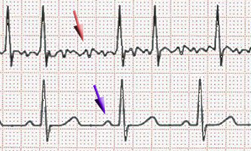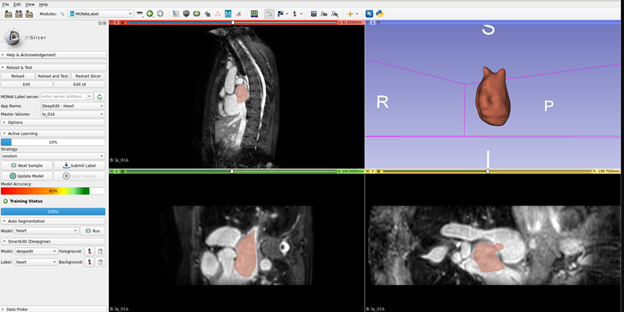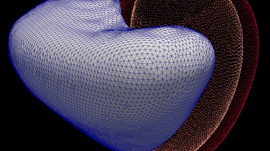According to the American Heart Association, at least 2.7 million people in the United States suffer from Atrial fibrillation. The condition results in a quivering or irregular heartbeat that can lead to blood clots, stroke, heart failure, and other compilations. To detect possible signs of reappearance after treatment, researchers from the University of Utah developed an end-to-end deep learning-based system that can automatically detect atrial fibrillation recurrence with 90 percent accuracy.
“We propose an automated approach that relies on deep networks to generate a patient-specific landmark-based anatomy representation directly from 3D cardiac MRIs, hence, negating any need for manual pre-processing and segmentation,” the researchers stated in their paper.
Using NVIDIA Tesla GPUs with the cuDNN-accelerated TensorFlow deep learning framework, the team trained a convolutional neural network on hundreds of MRI images to detect the shape and irregularities of the left atrium, which is associated with atrial fibrillation.

The team generated additional training data by performing data augmentation on 75 percent of their original dataset to enhance the accuracy of the network.
The National Institutes of Health funded the research through a series of grants. A paper describing the method was published on ArXiv this week.
Read more>
AI Helps Detect Atrial Fibrillation Recurrence with High Accuracy
Oct 02, 2018
Discuss (0)

Related resources
- GTC session: Diagnosis Enlargement of Left Atrial Size using 12-Lead Electrocardiogram
- GTC session: Modeling Supraventricular Tachycardia using Dynamic Computer-Generated Left Atrium
- GTC session: Creating AI-Powered Hardware Solutions for Medical Imaging Applications
- NGC Containers: MATLAB
- NGC Containers: RIVA ASR NIM
- Webinar: Accelerate AI Model Inference at Scale for Financial Services









